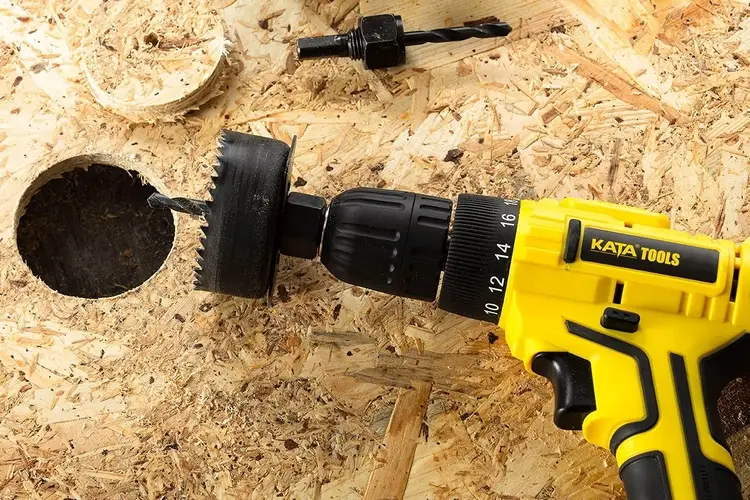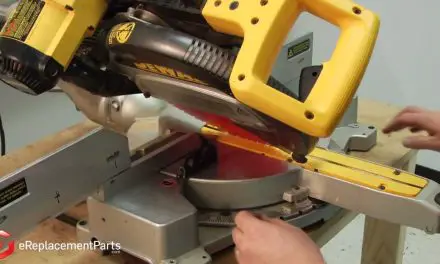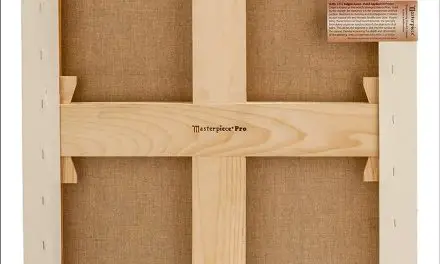Explore Reciprocating Saw Common Usage and unleash its potential. A reciprocating saw can be used for a variety of tasks, including cutting PVC, demolition, cutting nails, pruning tree limbs, digging up tree roots, cutting brick or block, cutting rebar, cutting holes for exhaust vents through walls, and more. It is a versatile tool that is essential for construction, remodeling, and DIY projects.
Reciprocating saws have become an indispensable tool for professionals and DIY enthusiasts alike. They are known for their versatility and ability to tackle a wide range of cutting tasks. Whether you are working on a construction site or doing some home improvement projects, a reciprocating saw can be incredibly useful.
One of the main uses of a reciprocating saw is cutting PVC pipes. Its powerful motor and saw blade can easily slice through different types of pipes. It can also be used for demolition purposes, cutting nails in door frames, and pruning tree limbs. Additionally, a reciprocating saw can be handy for digging up tree roots, cutting brick or block, cutting rebar, and even cutting holes for exhaust vents through walls. With the right blade attachment, it can also be used for other materials like metal and wood. Overall, a reciprocating saw is a versatile tool that every DIY enthusiast and professional should have in their arsenal. Its ability to handle a wide range of cutting tasks makes it an essential tool for various projects.
What Are The Uses Of A Reciprocating Saw:
1. Demolition:
A reciprocating saw has various uses, one of which is demolition. It is perfect for breaking down walls and structures. Additionally, it is useful for removing old fixtures and cabinets. The reciprocating saw’s powerful and fast cutting action makes it ideal for these tasks.
With its back-and-forth motion, it can easily cut through materials like wood, metal, and plastic. Whether you’re renovating a house or undertaking a DIY project, a reciprocating saw is a versatile tool that can save you time and effort. Its ability to quickly and efficiently remove unwanted materials makes it a must-have tool for any homeowner or professional contractor.
2. Pruning And Trimming:
A reciprocating saw is a versatile tool that can be used for various purposes. One of its uses is pruning and trimming, which includes cutting tree limbs and branches. With its powerful motor and blade action, a reciprocating saw can easily cut through thick tree limbs, making it a handy tool for garden maintenance.
Additionally, it can be used for shaping hedges and bushes, allowing you to create clean and precise cuts. Whether you’re a professional landscaper or a DIY enthusiast, a reciprocating saw is an essential tool for maintaining the health and appearance of your outdoor greenery.
3. Metal Cutting:
A reciprocating saw has several uses, including cutting through metal pipes and rods. It can easily dismantle metal structures, making it a versatile tool. Whether you need to cut through thick metal or dismantle a metal structure, a reciprocating saw can handle the task efficiently.
Its powerful and rapid back-and-forth motion allows for precise cutting and hassle-free demolition work. With its ability to handle various materials, a reciprocating saw is a valuable tool for professionals and DIY enthusiasts alike. From construction projects to home renovations, this tool proves to be indispensable when it comes to metal cutting and dismantling tasks.
Its versatility and ease of use make it a must-have for any tool kit.
4. Plumbing Repairs:
Plumbing repairs often require the removal of old pipes and the cutting of new pipes to size.
5. Furniture Restoration:
A reciprocating saw has multiple uses, including furniture restoration. When it comes to restoring furniture, this powerful tool is handy for removing old nails and screws. It can effortlessly cut through old joints, making it perfect for repairs. Whether you’re renovating an antique piece or giving a worn-out chair a new lease on life, a reciprocating saw is a versatile tool.
It allows you to disassemble furniture quickly and easily, saving time and effort. With its ability to cut through various materials, such as wood, metal, and plastic, a reciprocating saw is a must-have for any furniture restoration project.
6. Pvc Pipe Cutting:
Cutting PVC pipes for installation or repairs is one of the primary uses of a reciprocating saw. It allows for creating clean, straight cuts that are necessary for plumbing projects. With its powerful motor and versatile blade, the reciprocating saw can effortlessly slice through PVC pipes of various sizes.
Whether you’re installing a new plumbing system or making repairs, having a reciprocating saw on hand can significantly speed up the process and ensure precise cuts. It eliminates the need for manual sawing or using other tools that may not produce the same level of accuracy.
So, if you’re working with PVC pipes, a reciprocating saw is an essential tool you should consider adding to your arsenal.
7. Window And Door Installation:
A reciprocating saw is a versatile tool that has various uses, including window and door installation. When it comes to installing windows and doors, this tool proves invaluable. It allows for cutting through walls to create new openings effortlessly. Whether you need to trim doors or windows to fit perfectly into their frames, a reciprocating saw will get the job done efficiently.
The powerful and back-and-forth motion of the saw blade ensures precise cuts every time. Additionally, this tool is perfect for cutting through materials like wood, metal, and even concrete, making it an essential tool for any construction or renovation project.
With a reciprocating saw, window and door installation becomes a breeze, saving time and effort.
8. Drywall Cutting:
A reciprocating saw is a versatile tool with several uses. One of its primary uses is drywall cutting. Whether you’re creating openings for electrical outlets and switches or removing sections for repairs or remodeling, a reciprocating saw can get the job done efficiently.
Its powerful, back-and-forth motion allows for precise and controlled cutting through drywall, making it an essential tool for any DIYer or professional contractor. With the right blade attachment, this tool can also be used for other materials like wood, metal, and even plastic.
Its portability and maneuverability make it a popular choice for various cutting tasks. So, if you’re looking for a tool that can handle drywall cutting and beyond, a reciprocating saw is definitely worth considering.
9. Auto Bodywork:
A reciprocating saw is a versatile tool with various uses in auto bodywork. One of its applications is removing damaged panels. When a vehicle’s body panels sustain damage, the reciprocating saw can be used to cut through the metal for repairs.
This allows for precise cutting and removal of the damaged sections. With its powerful and rapid cutting action, the reciprocating saw makes the process of removing damaged panels more efficient. By using the tool, auto bodyworkers can save time and effort while achieving accurate results.
Whether it’s cutting through rusted or bent metal, the reciprocating saw proves to be an essential tool in the auto body repair process.
10. Crafting And Diy Projects:
Crafting and DIY projects offer a wide range of uses for a reciprocating saw. Firstly, it can be used for creating intricate designs in wood, allowing for the production of custom furniture and decorations. Additionally, the reciprocating saw is ideal for cutting and shaping materials such as PVC, lumber with nails, door frames, and even tree limbs.
It can also be used for digging up tree roots, cutting brick or block, and shaping rebar. The versatility of the reciprocating saw makes it an essential tool for any DIY enthusiast or professional craftsman. Its ability to perform various tasks with precision and ease makes it a valuable addition to any toolkit.
Frequently Asked Questions For Reciprocating Saw Common Usage:
1. What Would You Use A Reciprocating Saw For?
A reciprocating saw is used for various tasks like cutting PVC, demolition with nails, pruning tree limbs, and cutting bricks or blocks.
2. When Should You Not Use A Reciprocating Saw?
Reciprocating saws should not be used in the following situations:
1. Cutting through hard materials like concrete or metal without the appropriate blade.
2. Making precise and delicate cuts that require a higher level of control.
3. Trimming or shaping intricate or curved designs.
4. Working in tight or confined spaces where the saw’s movement may be limited.
3. Is It Worth Buying A Reciprocating Saw?
Yes, buying a reciprocating saw is worth it. It has multiple uses and can handle various cutting tasks efficiently.
Conclusion
A reciprocating saw is an incredibly versatile tool that serves numerous purposes in various industries and DIY projects. Its ability to cut through different materials such as wood, metal, and PVC makes it an essential tool for demolition work, construction, and even landscaping.
Whether you need to prune tree branches, remove old nails, cut through piping, or create openings for vents, a reciprocating saw can handle the task efficiently. It is also a time-saving tool that provides precision cutting in tight spaces and hard-to-reach corners.
Additionally, with the availability of cordless models, using a reciprocating saw has become even more convenient. Invest in a reciprocating saw, and you’ll have a reliable tool that can tackle a wide range of projects effortlessly. Its versatility and adaptability make it a must-have for any professional contractor, DIY enthusiast, or homeowner looking to complete their projects with ease.



















